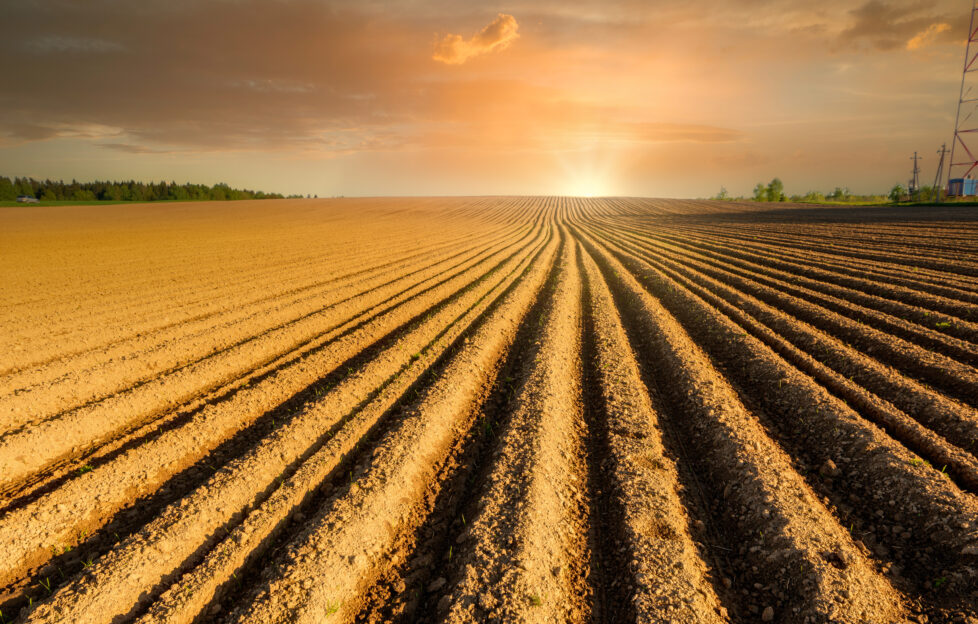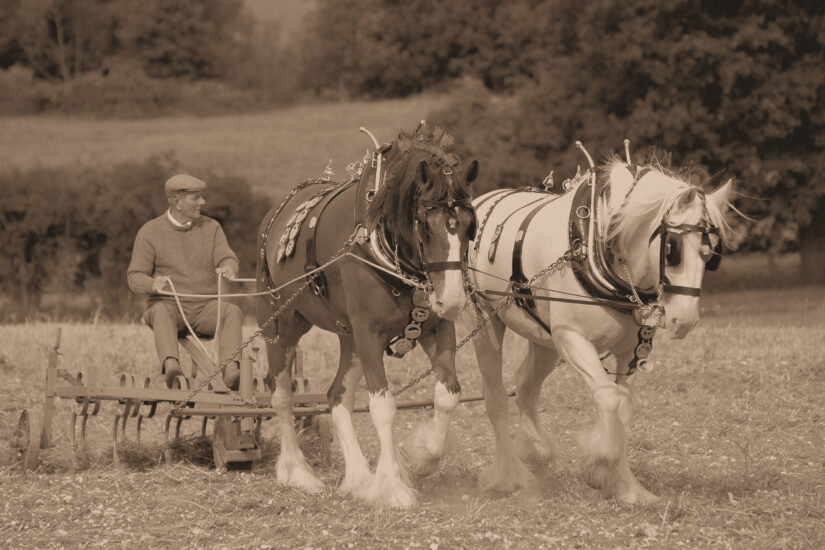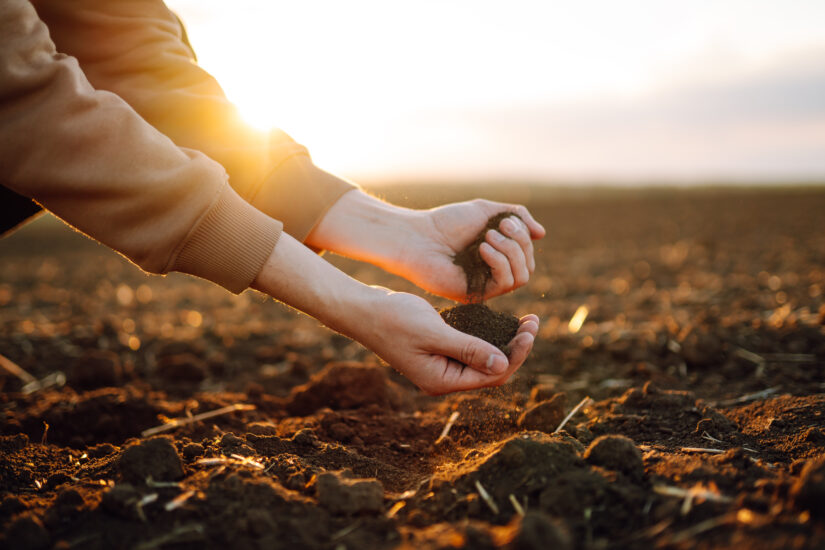 Shutterstock©
Shutterstock©Did you know that today is Plough Monday, the traditional start of the English agricultural year?
It’s the perfect time for us to share this fascinating piece by Polly Pullar, on the overlooked importance of soil.
This article was first published in a “Friend” Special from May, 2021.
Have you ever stopped to think about the importance of soil? It’s probably fair to say that most people seldom do.
It’s too easy to overlook the critical aspect of that which lies beneath our feet.
Soil is the most fundamental and vital element to all life.
Healthy soil is not only at the base of all food production, but it can also help us mitigate climate change. It can lock in greenhouse gases. and store vast amounts of carbon, while also helping to prevent flooding and erosion.
Without soil, there would be no life
It’s why we need to start understanding that, without soil, there would be no life.
Soil is responsible for a quarter of the world’s biodiversity and supports millions of living things, from microscopic organisms to vertebrates, invertebrates, earthworms and a wealth of fungi.
Soil is nature’s most complex ecosystem, yet how many of us know anything about it?
Shockingly, when you delve a little deeper into the world of soil, you begin to understand that not only is it the most valuable commodity on earth, but, in many areas, it is also in a parlous state due to centuries of human abuse.
We have come a long way since early pastoralists first began to clear, and then till, the ground, using primitive tools to grow essential crops and food plants.
Soon they graduated on to small ploughs that were pulled by oxen, and later by heavy workhorses.

Shutterstock.
We are right when we look back nostalgically to the era of the Clydesdale and Shire horses. For though the work was hard, it was harmonious with the land and did not cause damage.
The earth was treated with respect, and in most cases it was either enriched with the dung of grazing animals or enhanced through a sensitive system of crop rotation throughout the seasons.
But sadly, that approach is long gone.
As agriculture has become more intensive, and farm livestock has become bigger and bigger, it has led to ongoing issues with diseases, and the constant need for antibiotics and wormers to keep animals, and indeed us, fit and well.
It has had a knock-on effect, severely depleting soil’s precious organisms, and in turn leading to a crash in overall biodiversity – for example, the loss of essential food for small birds and mammals.
Everything in nature is closely intertwined
It’s a massively complex situation. Due to the exploding population and an insatiable need for more and more food, it’s not one that is easy to resolve.
Everything in nature is closely intertwined. And even though we cannot directly see beneath the surface of our soil, our influence has devastating effects.
Continued use of a toxic cocktail of chemical sprays, artificial fertilisers and massive heavy machinery has caused severe damage.
Add to this mass deforestation in various parts of the world, the felling of the Amazon and many other rainforests globally, the draining of vital peatlands and an increase in the number of wildfires due to climate change, and the future of our soils looks bleak.
The vast machines that dig deep into the earth damage fragile soil structures and disrupt and halt symbiotic relationships between micro-organisms which form the base of life.
Heavy machinery that breaks up the delicate ground structure leads to the loss of more and more topsoil.
Even the first small tractors that replaced the gentle Shire and Clydesdale horses and other draught breeds worked more harmoniously with the environment.
There is simply no comparison to the ploughing methods used today. And it’s no surprise that our precious soils are suffering as a result.
Knowing about soil and understanding its importance is not only fascinating, but it can also help us to protect it.
There are numerous ways to classify the many different complexities of its type.
However, at a fundamental level, we can easily recognise six of the most commonly found soil types and learn how to improve and care for them.
If you are a farmer or gardener, it helps to know more about the soil on your ground. And sometimes you may have a combination of several different types.

Shutterstock.
Soil health is fascinating
Most, if not all, farmers know about their particular soil type, and it can lead to some intriguing conversations.
The more you know about soil properties, the better able you will be to work with what you have. You can plant the right crops to suit the ground, even on a tiny scale in your vegetable patch.
Soil health is fascinating. Recently, a friend of mine who never uses any chemicals on his small farm, and has most areas under permanent pasture, had his soil tested.
He suggested that, at the same time, his neighbour who farms on an industrial scale, cultivating the land using enormous machinery, had his tested, too.
The results were astonishing.
The soil that was under permanent pasture and enhanced by dung from the livestock was brimming with micro-organisms and invertebrates.
The ground from the farmer, who uses chemicals, had none.
It tells its own story.
Now, we have gone so far with agriculture that it is tough to turn back time and revert to the old methods.
However, becoming more aware that not even “dirt” comes cheap is a good start.
Remember that life starts at the very bottom, with the tiniest microscopic organisms, and that they are the building blocks for all life on earth.
For more great features from “The People’s Friend”, click here.




